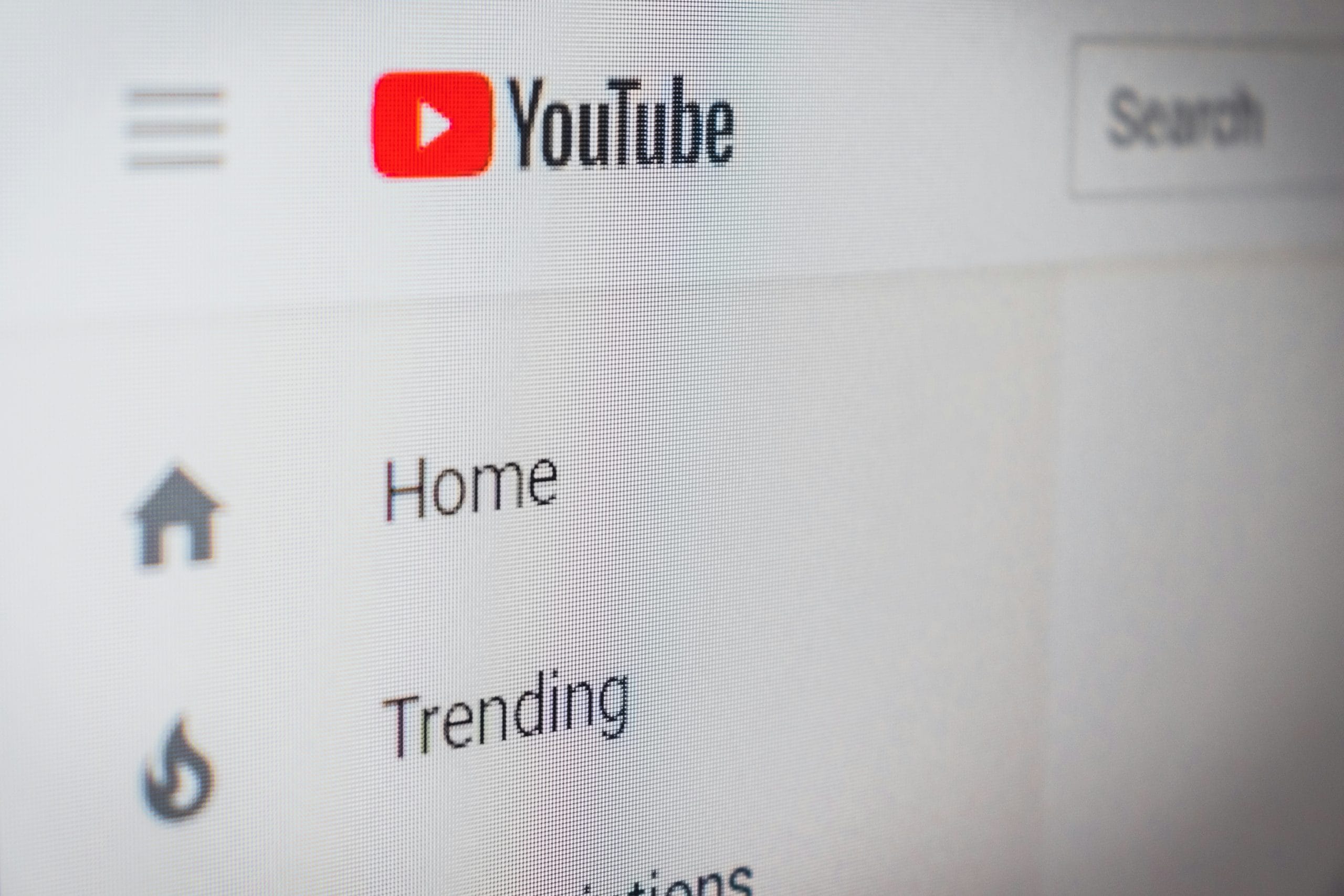YouTube has quietly used artificial intelligence to alter videos without notifying creators or seeking permission, sparking debate over transparency, trust, and the blurred boundaries between reality and digitally mediated experiences.
The controversy began when popular music YouTuber Rick Beato, who has more than 5 million subscribers, noticed something unusual in one of his videos. “I was like, ‘man, my hair looks strange,’” Beato said. “It almost seemed like I was wearing makeup.” After closer inspection, he realized subtle changes had been made: smoother skin, sharper edges, and slightly warped ears — adjustments small enough to miss without a side-by-side comparison.
Fellow creator Rhett Shull experienced similar effects, prompting him to post a video that has since gained over 500,000 views. “If I wanted this terrible over-sharpening, I would have done it myself,” Shull said. “It looks AI-generated. It misrepresents me and could erode the trust I have with my audience.”
YouTube Confirms AI Video Processing Tests
After months of speculation and user complaints dating back to June, YouTube confirmed that it is experimenting with AI-driven processing on select YouTube Shorts.
“We’re running an experiment using traditional machine learning to unblur, denoise, and improve clarity in videos during processing,” said Rene Ritchie, YouTube’s head of editorial and creator liaison, in a post on X. “It’s similar to what a modern smartphone does when recording video.”
However, the company has not clarified whether creators will be able to opt out of these changes, raising concerns about consent and control over personal content.
AI as a Silent Mediator
Experts warn that these experiments reveal a broader shift: AI is increasingly mediating reality before we perceive it.
Samuel Woolley, a disinformation researcher at the University of Pittsburgh, argues that calling the feature “machine learning” downplays its true nature. “Machine learning is a subfield of artificial intelligence,” Woolley said. “This is AI modifying content from leading creators, which is then distributed to a public audience — all without consent.”
He warns that unannounced AI-driven editing risks undermining audience trust and deepening skepticism toward digital media. “What happens when people realize companies are editing content from the top down without telling the creators themselves?”
Blurring Reality Across Platforms
YouTube’s move highlights a growing pattern across tech companies using AI to enhance — and sometimes alter — media in invisible ways:
- Samsung was caught artificially enhancing photos of the Moon, later admitting AI was behind the effect.
- Google Pixel’s Best Take tool lets users swap facial expressions in group photos, creating moments that never happened.
- Netflix faced backlash after an AI-driven “remaster” of classic ’80s sitcoms distorted faces and backgrounds.
Unlike user-controlled smartphone features, YouTube’s approach applies AI modifications automatically, without the user’s knowledge. Critics argue this erodes control over self-presentation and blurs distinctions between reality and generated imagery.
Eroding Trust and Raising Ethical Questions
For many creators, the issue is not just aesthetic but ethical. Digital media researcher Jill Walker Rettberg warns that automated AI mediation challenges how audiences understand authenticity:
“With film, you knew the camera recorded what was in front of it. But when AI alters media before you even see it, what does that mean for our relationship with reality?”
YouTube’s experiments come as concerns mount over deepfakes, generative AI, and hidden content manipulation, raising new questions about consent, transparency, and control.
What Comes Next
While some creators, including Beato, remain optimistic — “YouTube changed my life,” he said — experts warn this signals a paradigm shift in how online content is curated, altered, and consumed.
With AI increasingly embedded into platforms, the debate extends far beyond YouTube. It touches on privacy, digital rights, and the integrity of information itself, forcing creators and audiences alike to ask: Can we still trust what we see?






